SERIES OF ETCHINGS DER KRIEG (WAR)

Stormtroops advancing under a gas attack
![Otto DIX, Verwundeter (Herbst 1916, Bapaume) [Wounded soldier - Autumn 1916, Bapaume], plate 6 from Der Krieg](http://cs.nga.gov.au/IMAGES/LRG/128588.jpg)
Wounded soldier

Corpse of a horse

Crater field near Dontrien lit up by flares
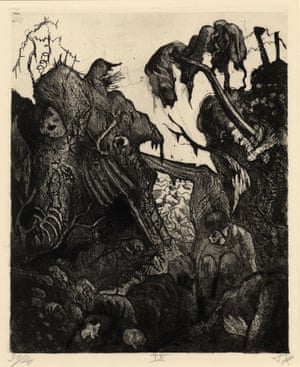
Collapsed trenches
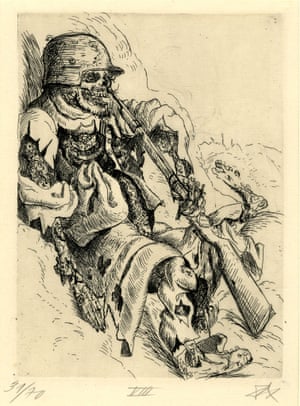
Dead sentry in the trenches
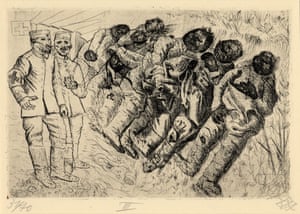
Gas victims
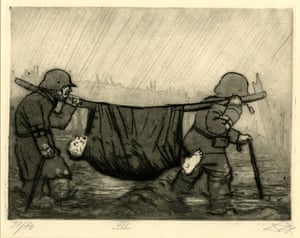
Transporting the Wounded in Houthulst Forest
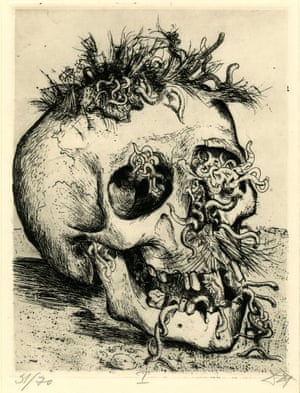
Skull
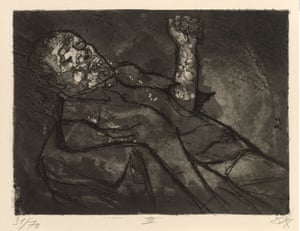
Dead man in the mud
PAINTINGS
The War Cripples (1920)

The Trench (1923)
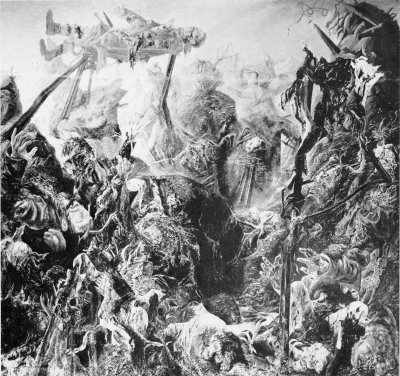
This painting was destroyed during the Nazi era
War Triptych (1929-1932)

Flanders (1934)
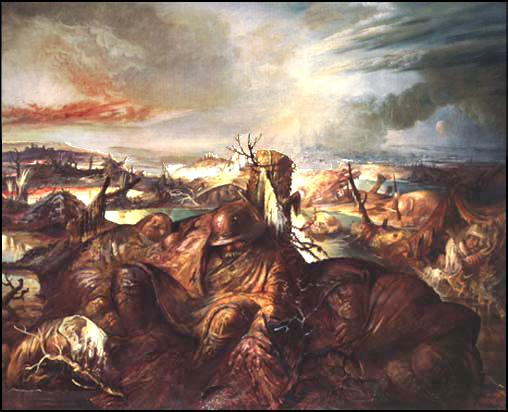
Sources:
On this link you can download a presentation with the complete series of Etchings:
And this is a video that summarizes Otto Dix career and his participation in WW1:
No comments:
Post a Comment